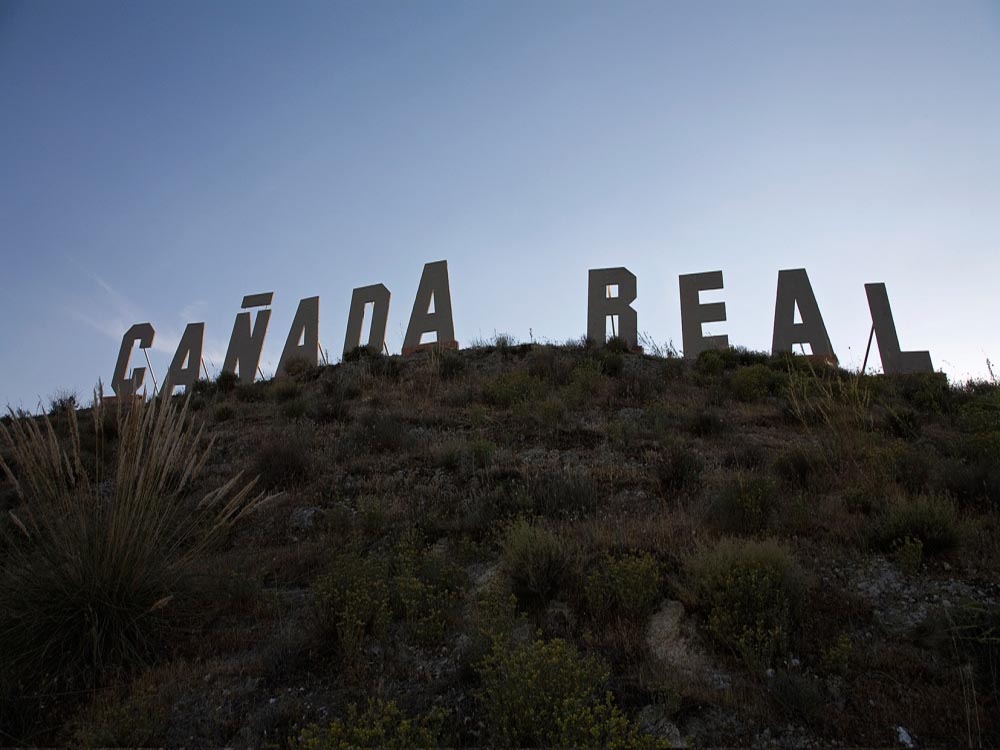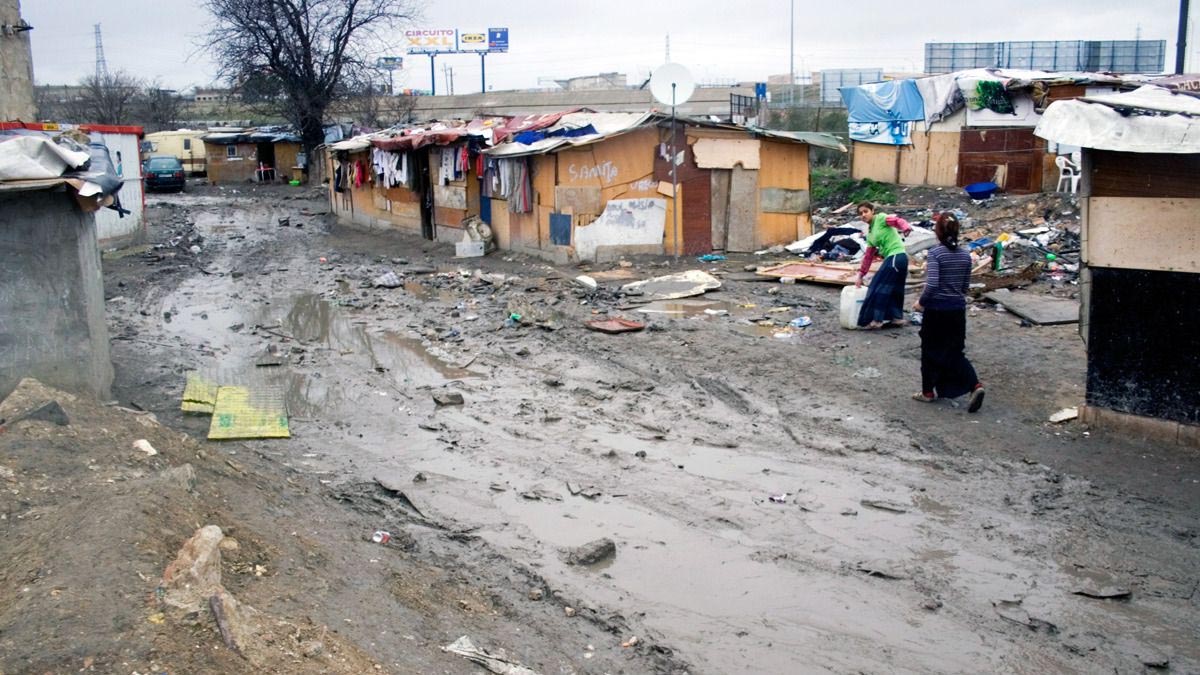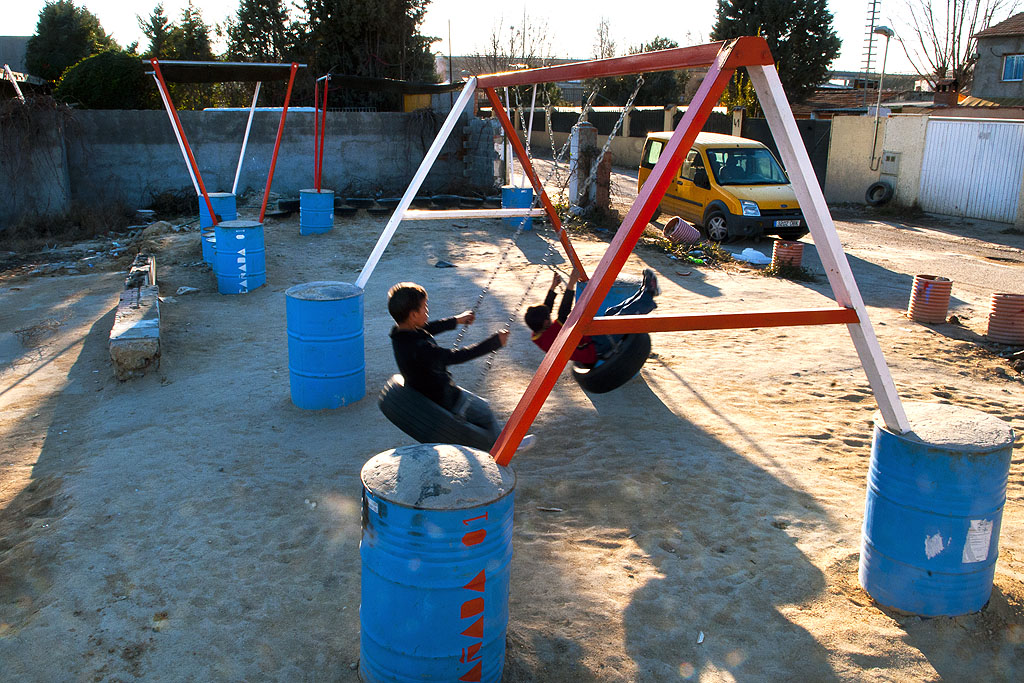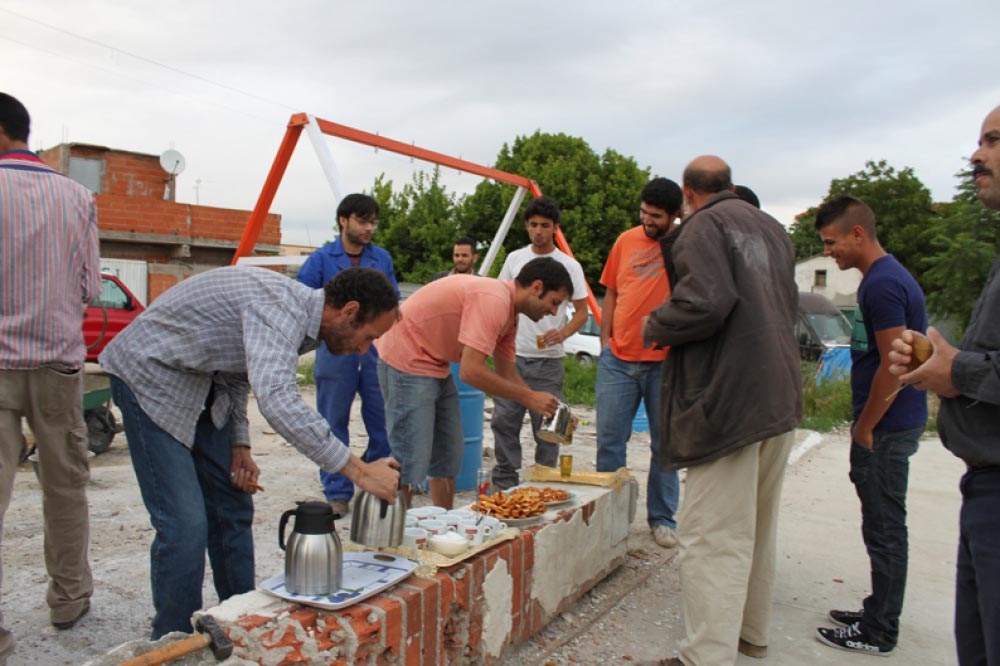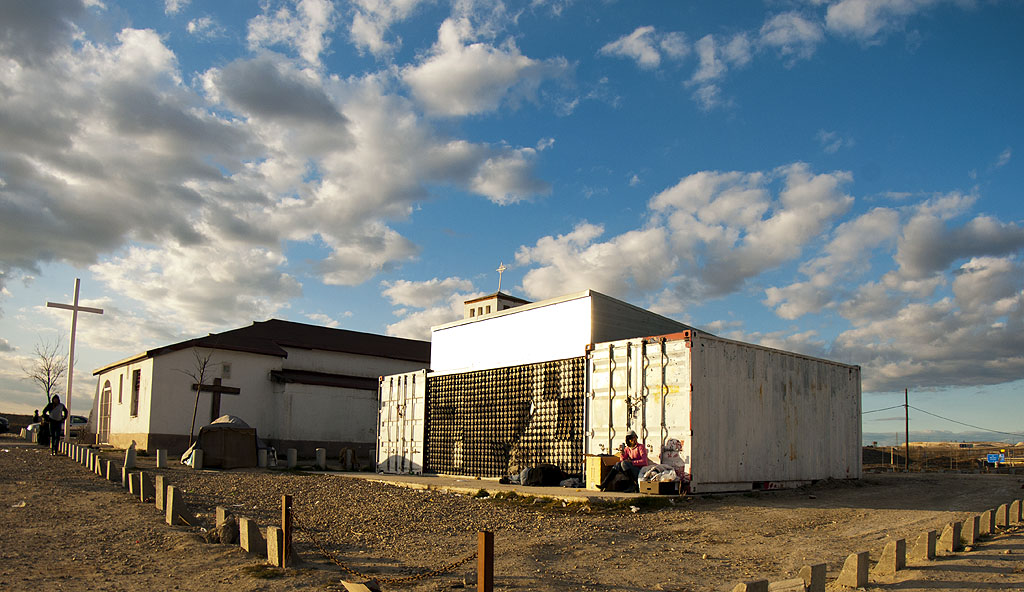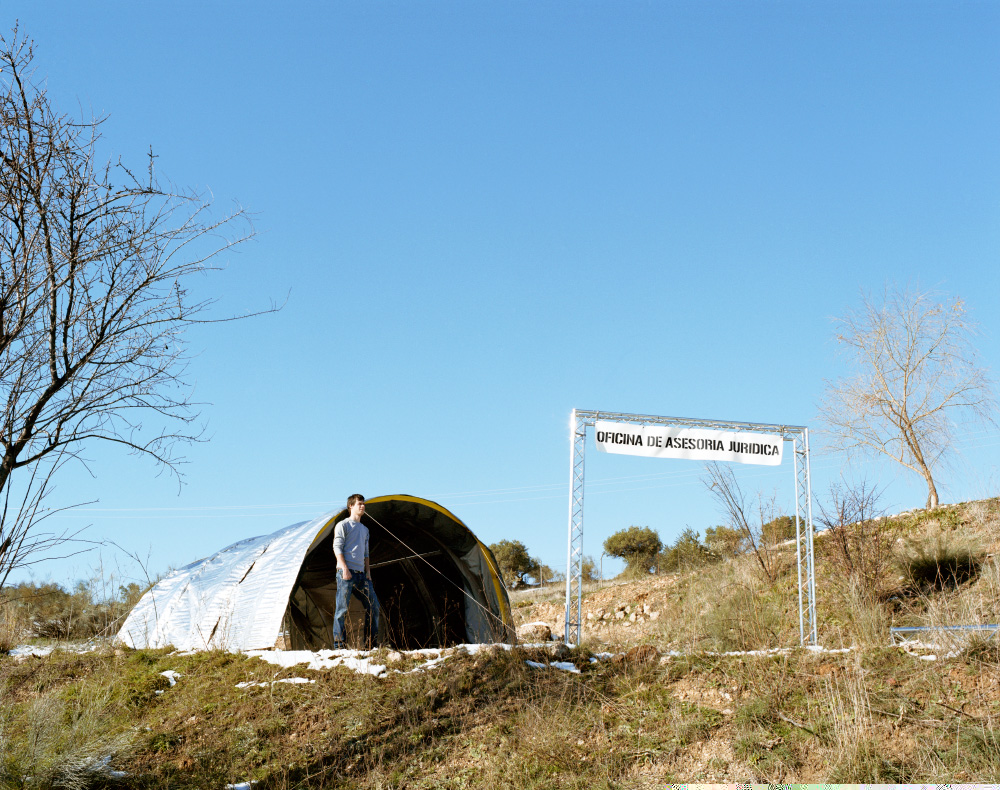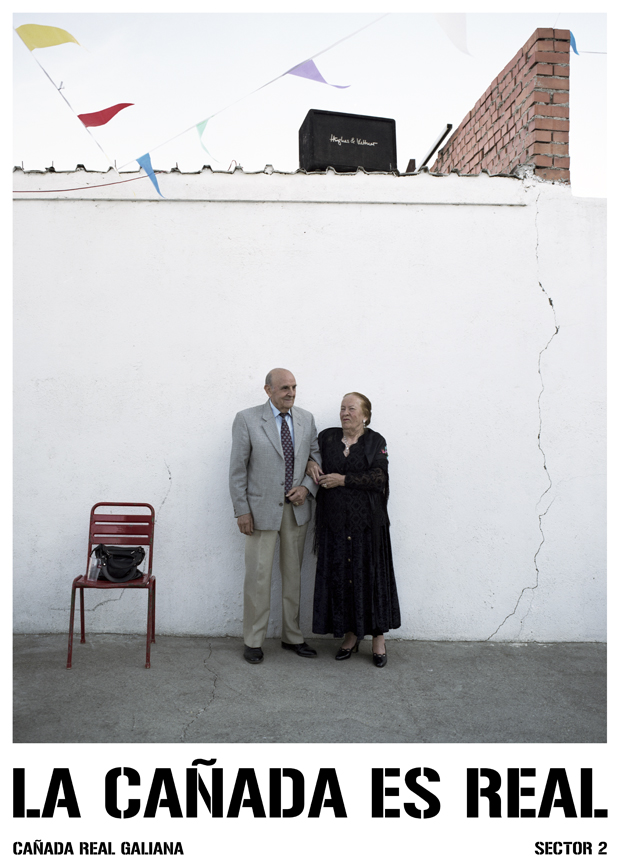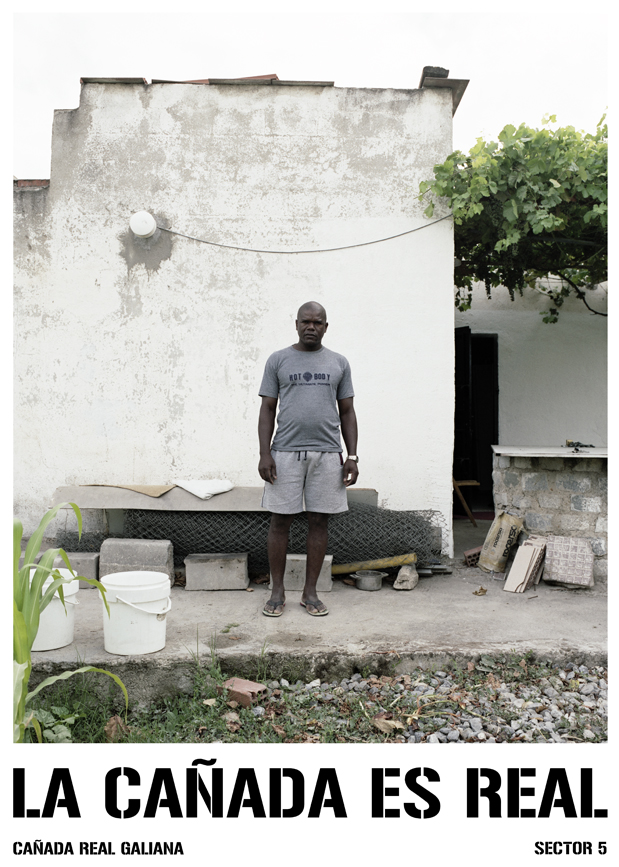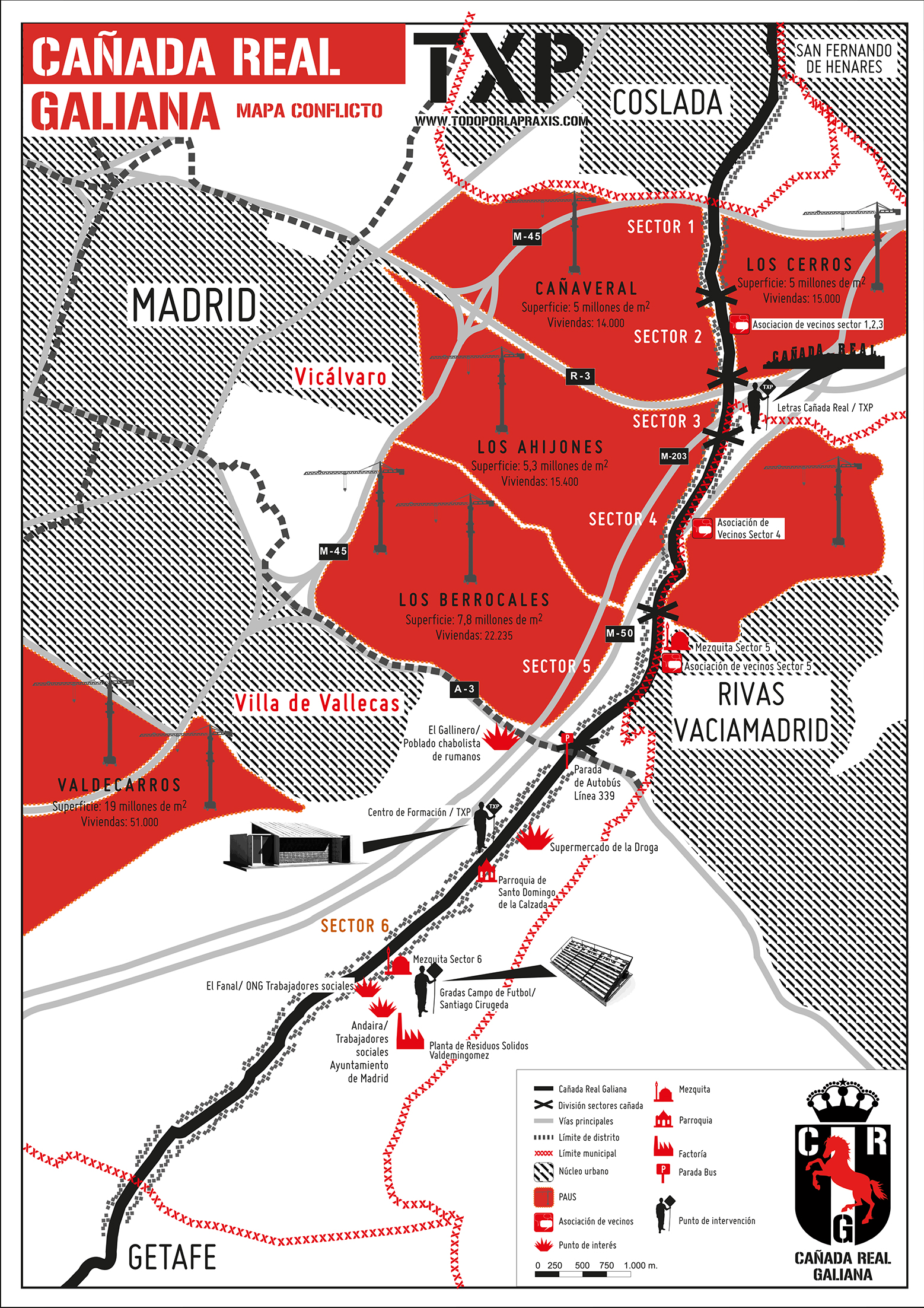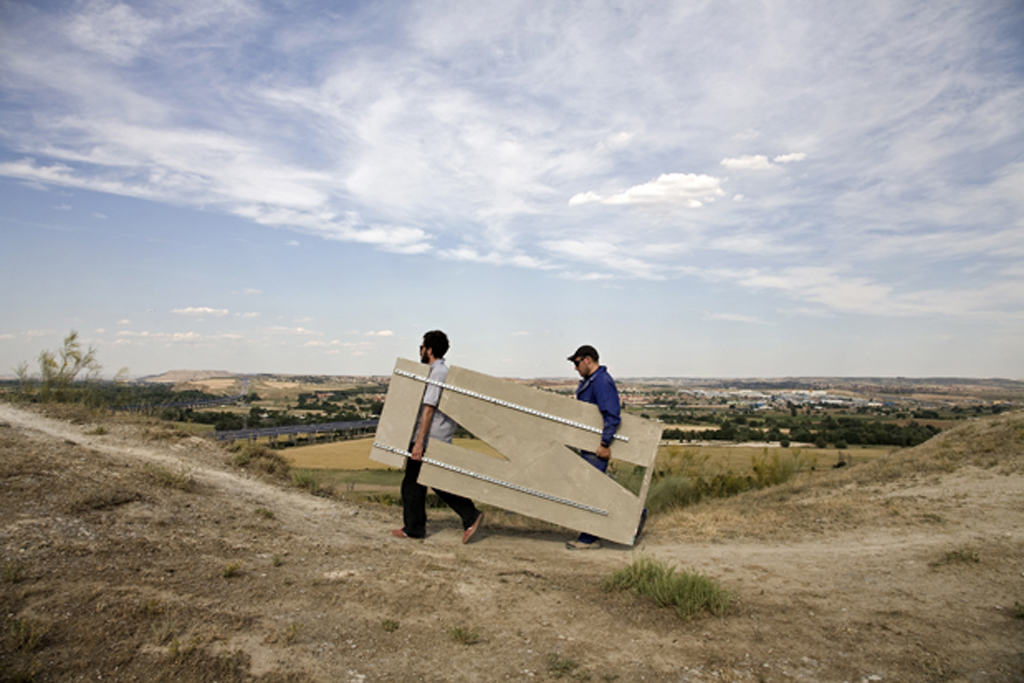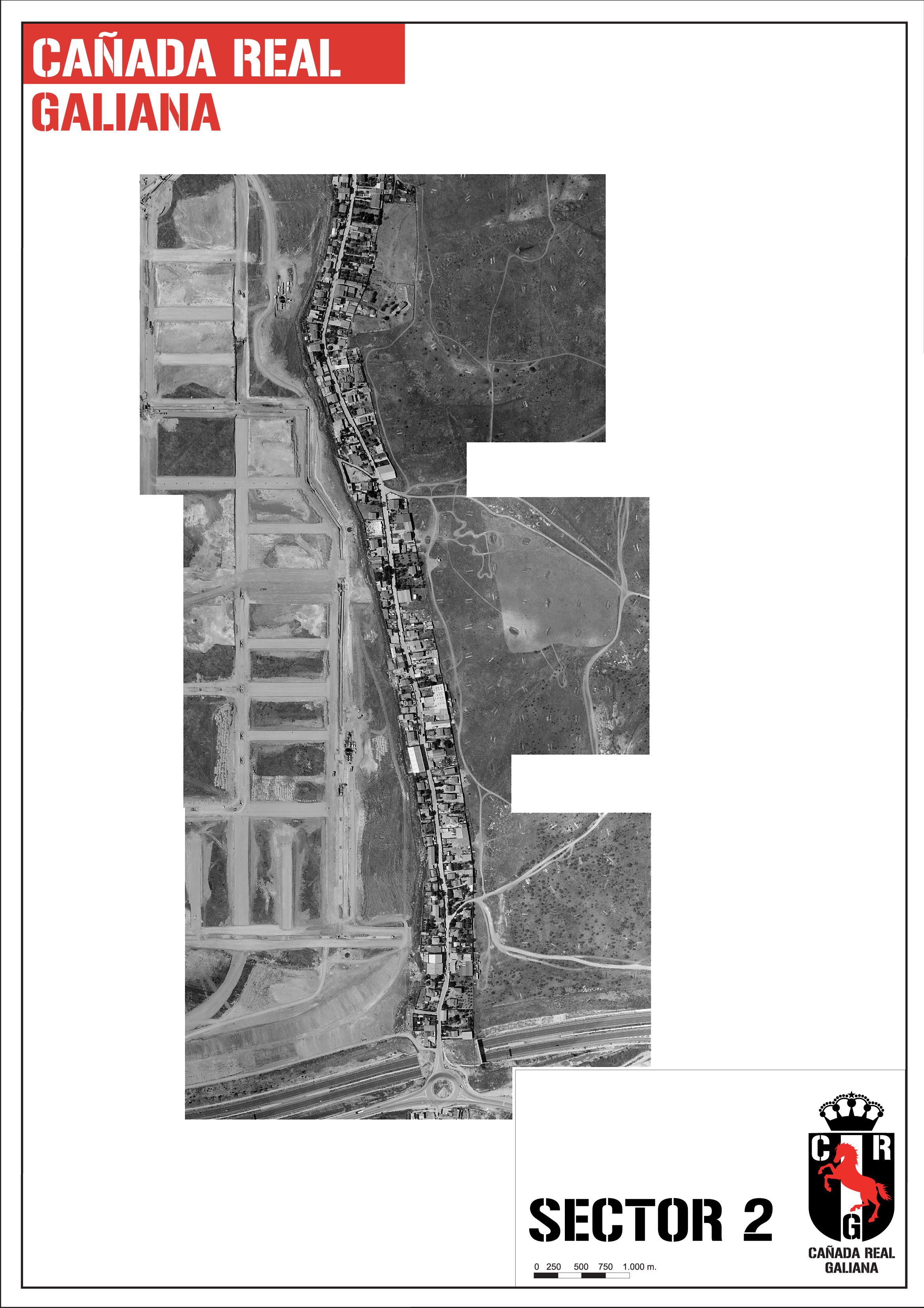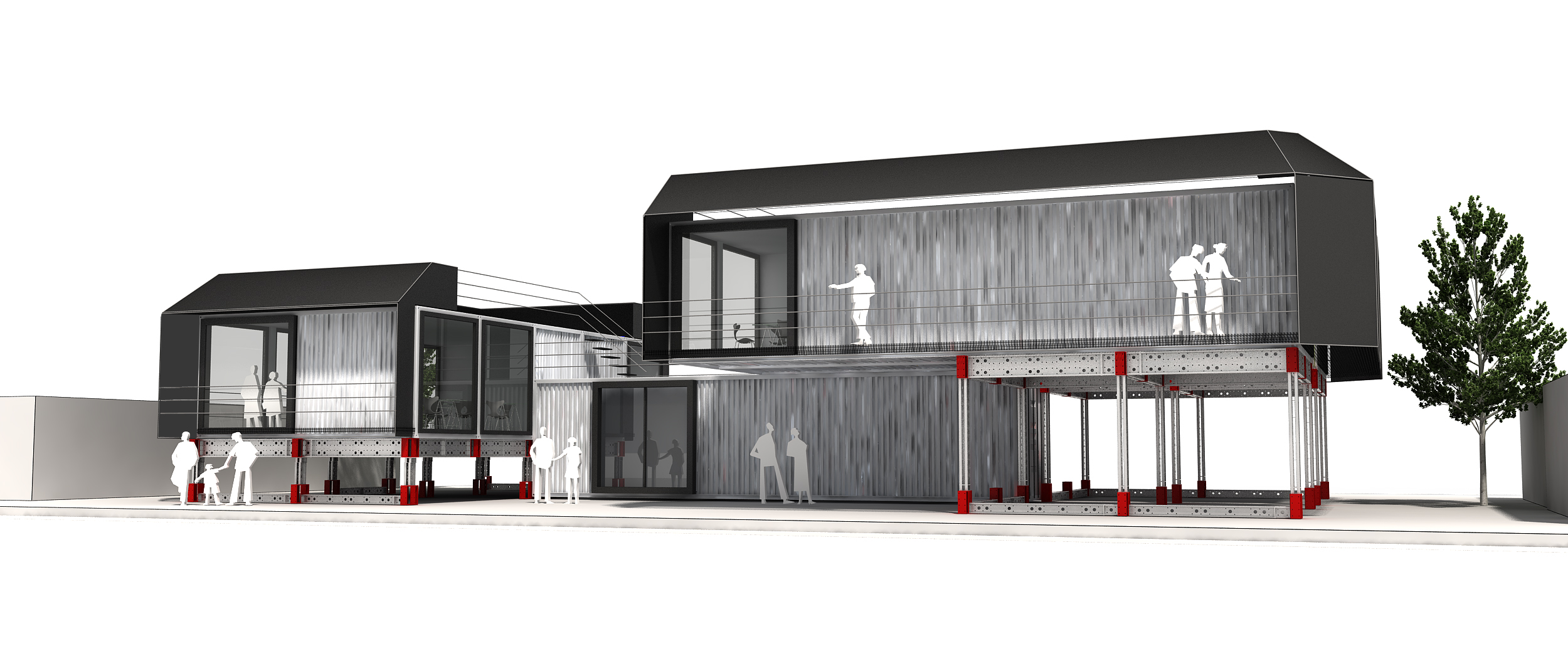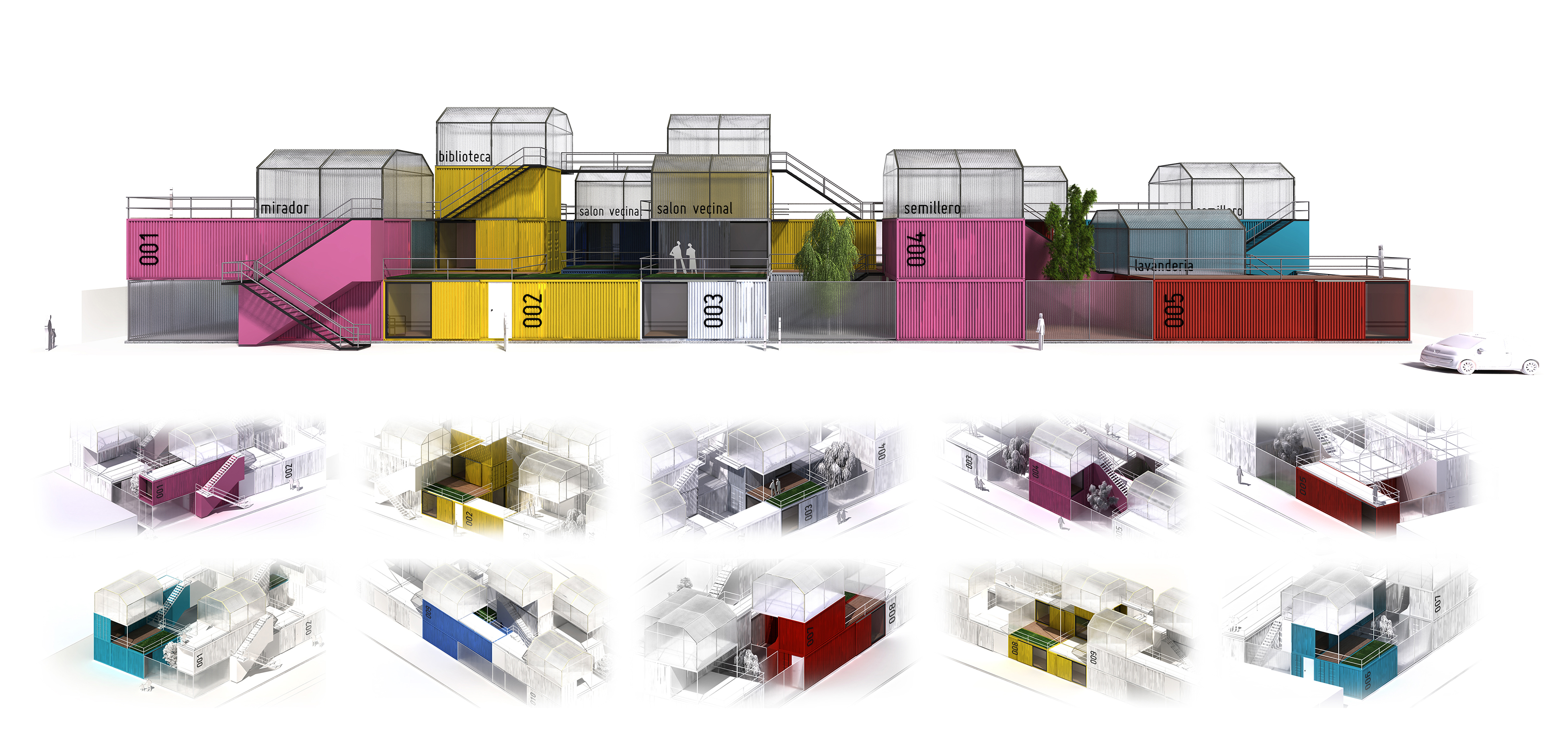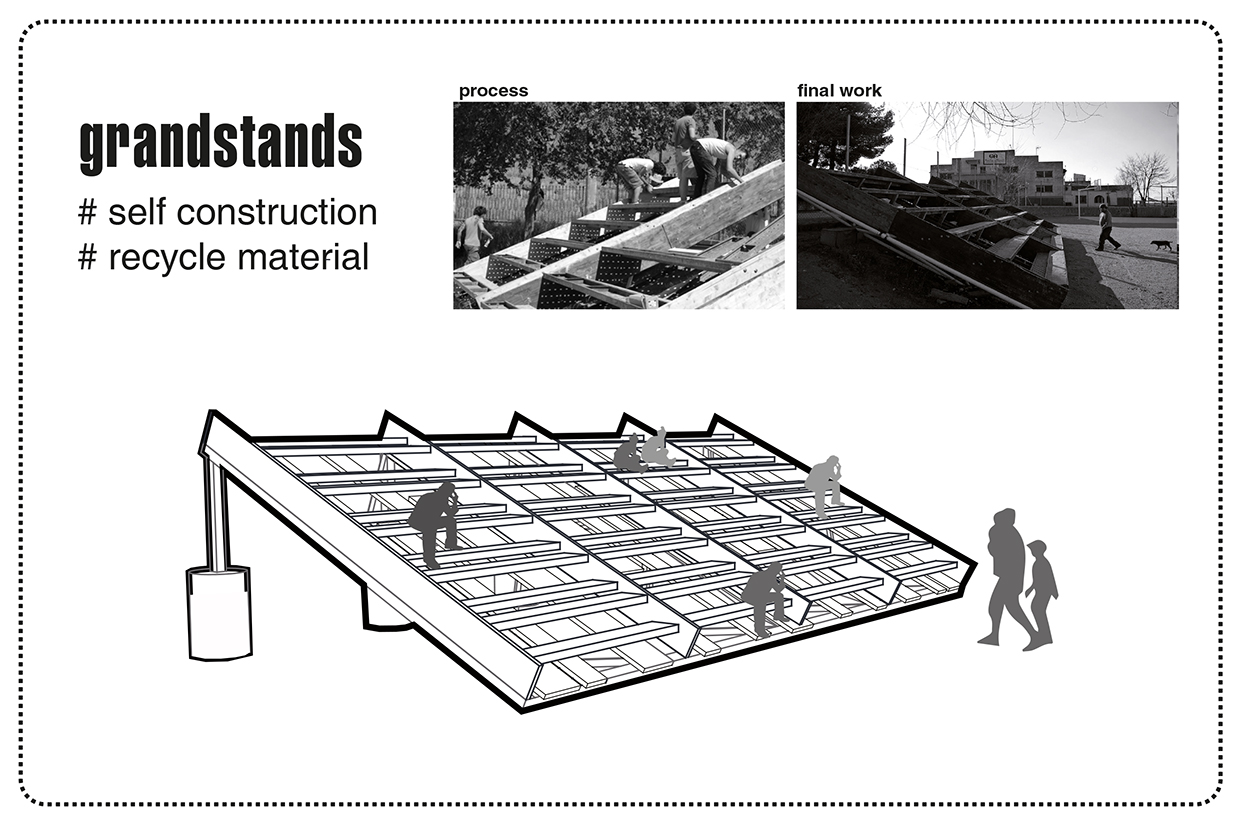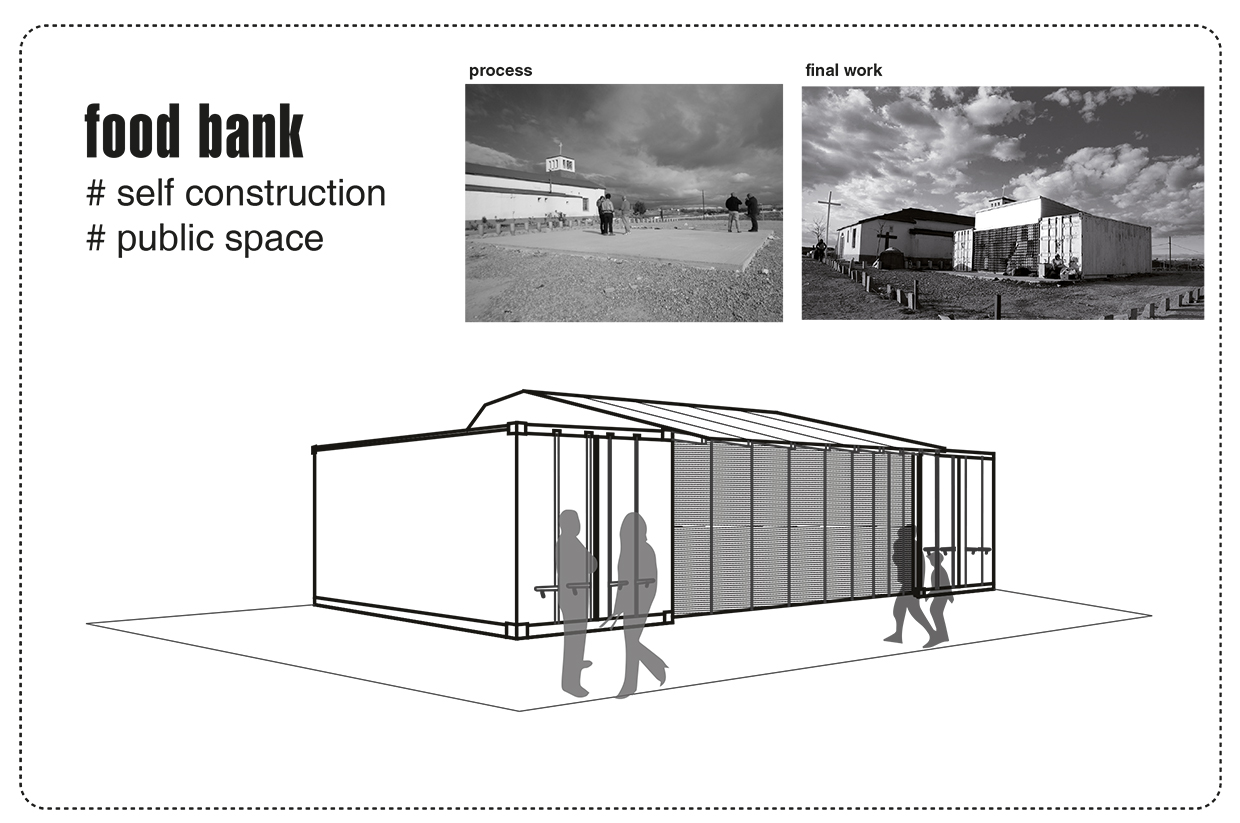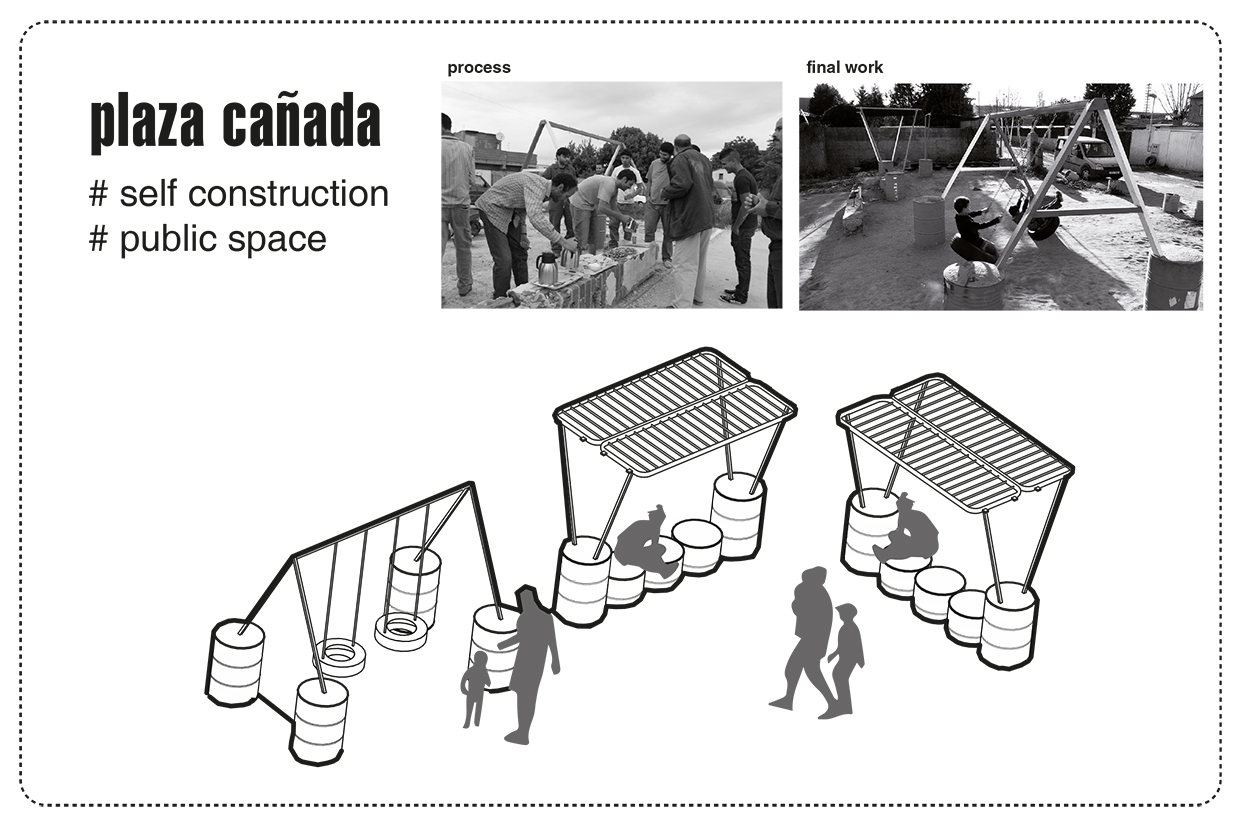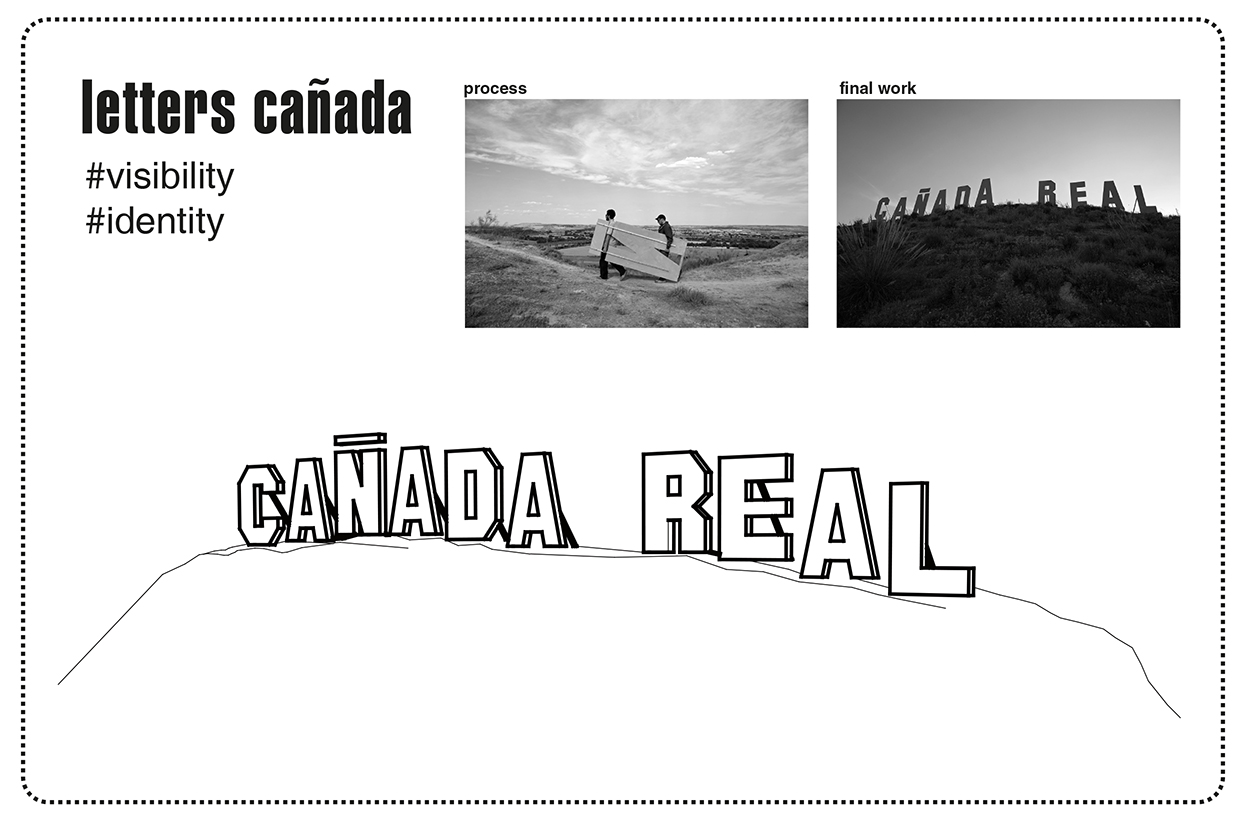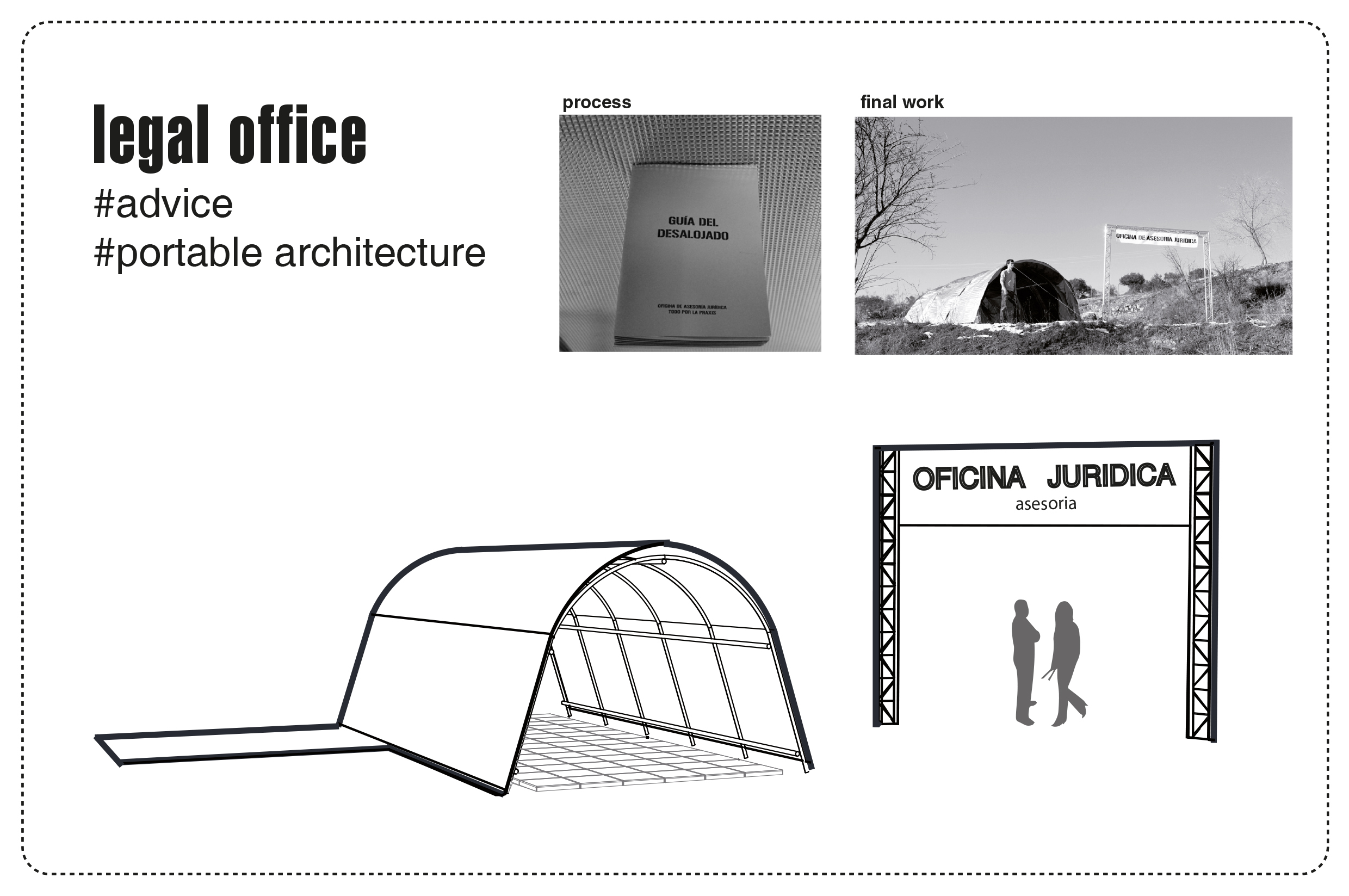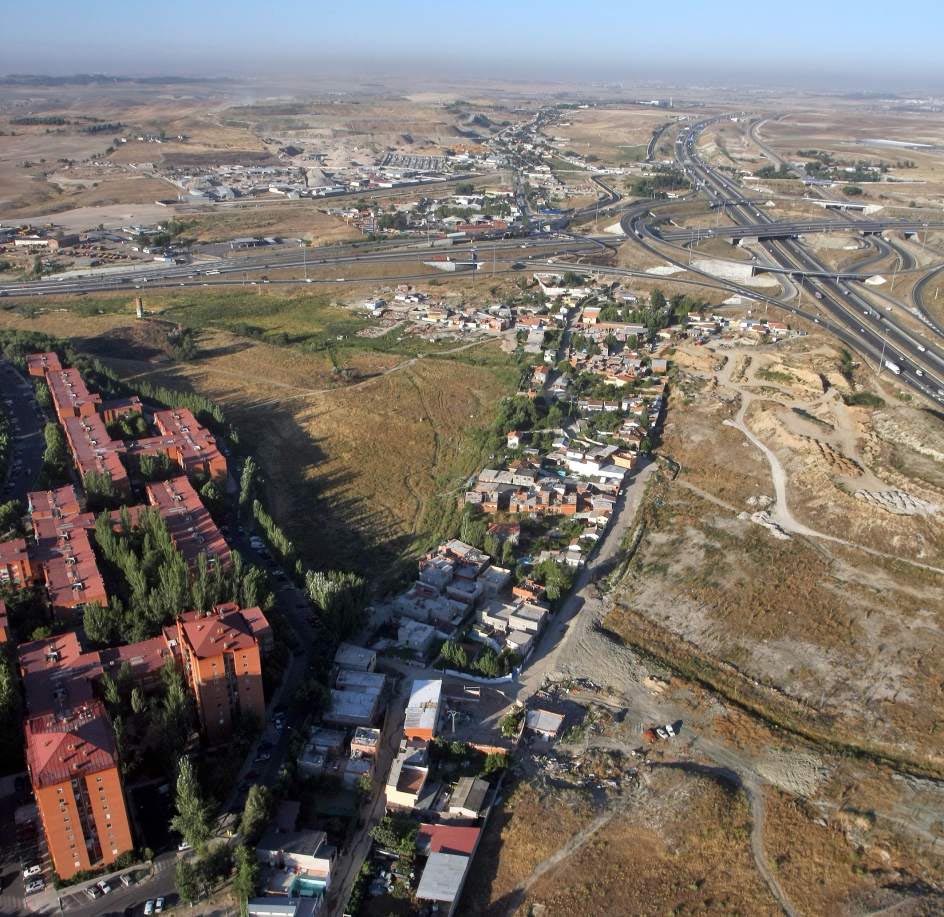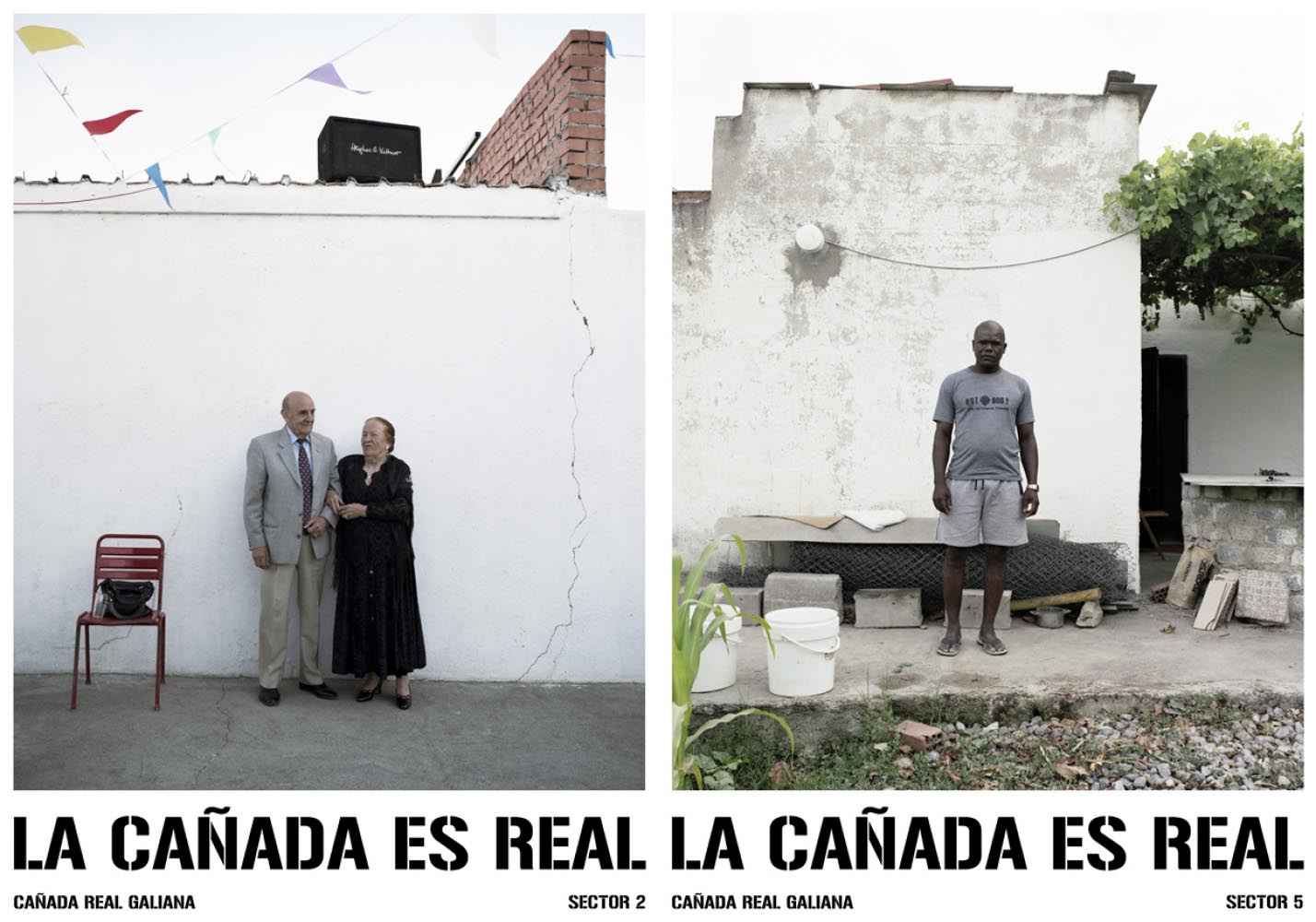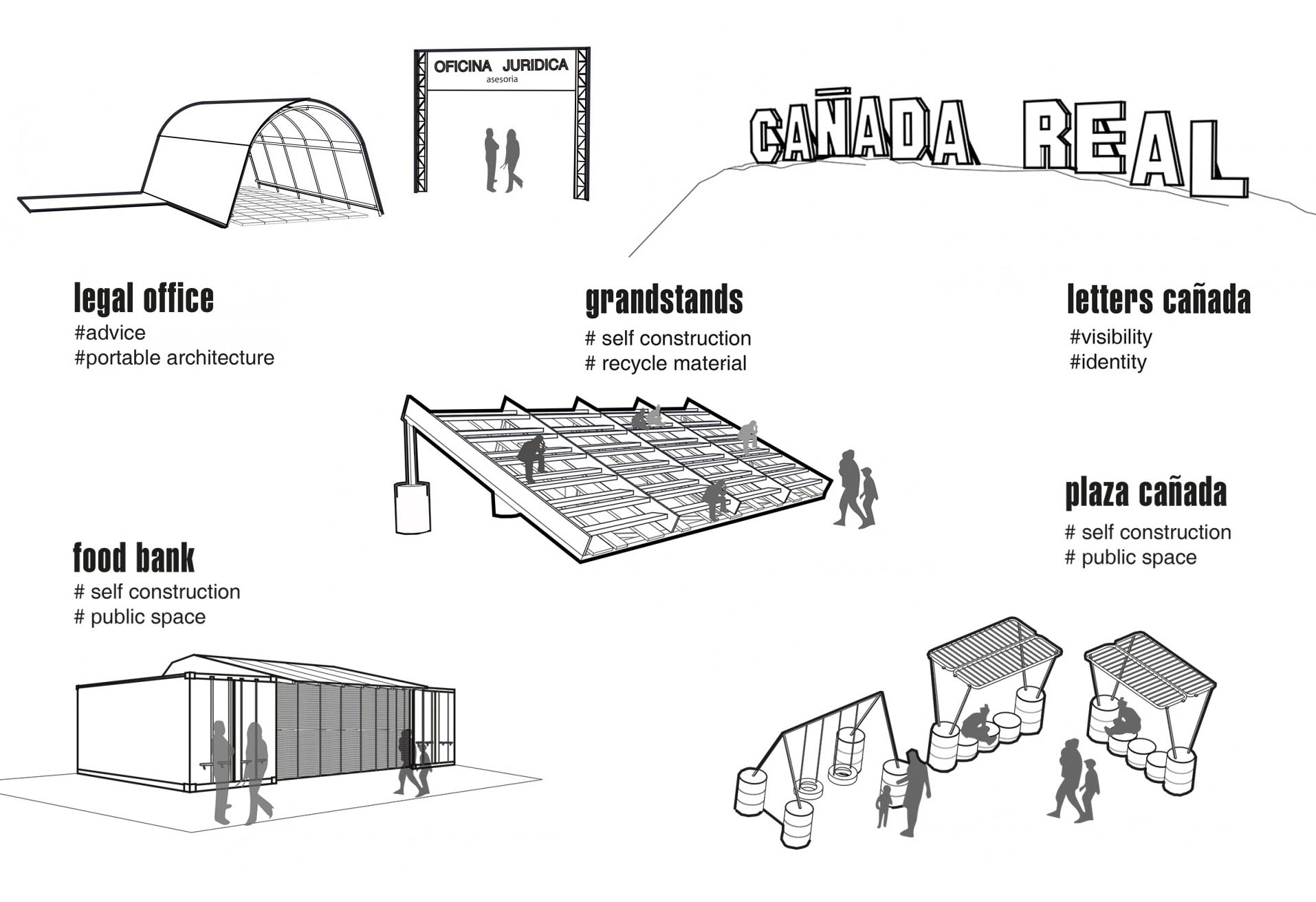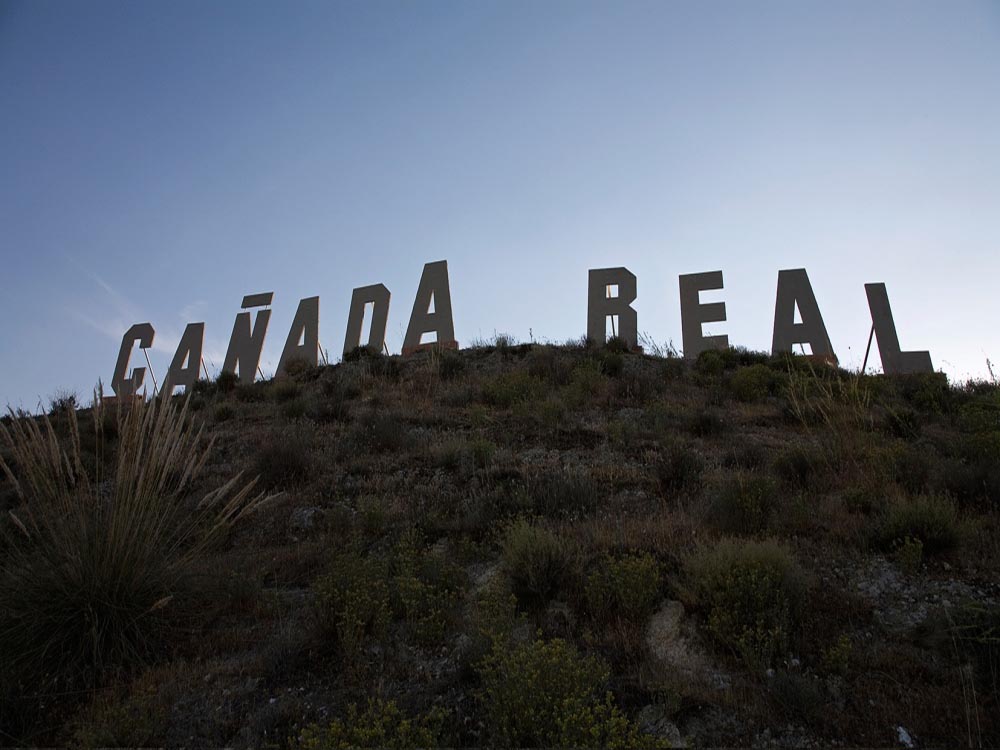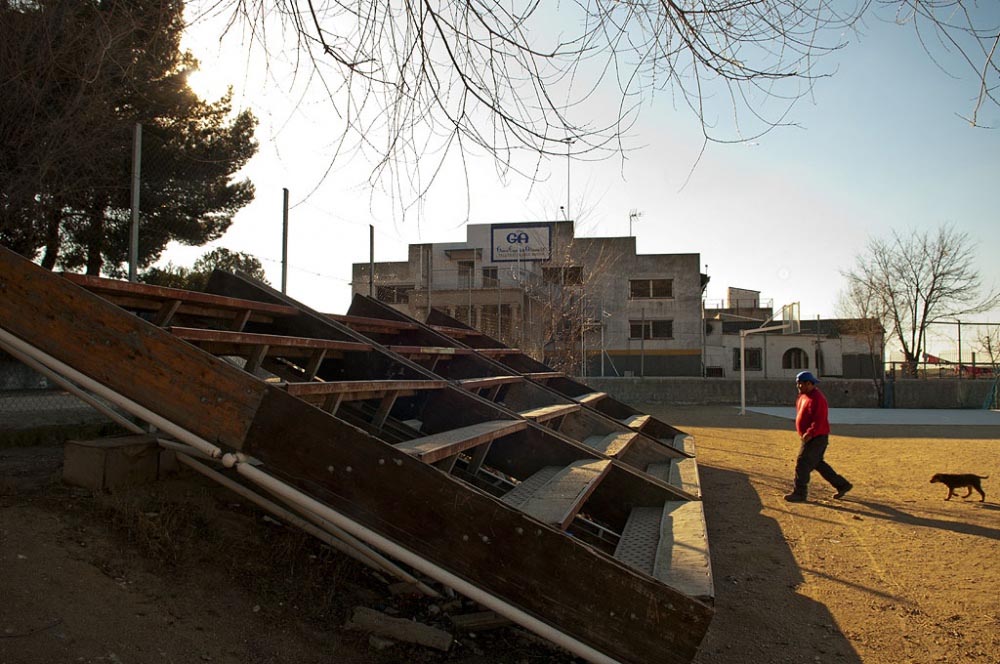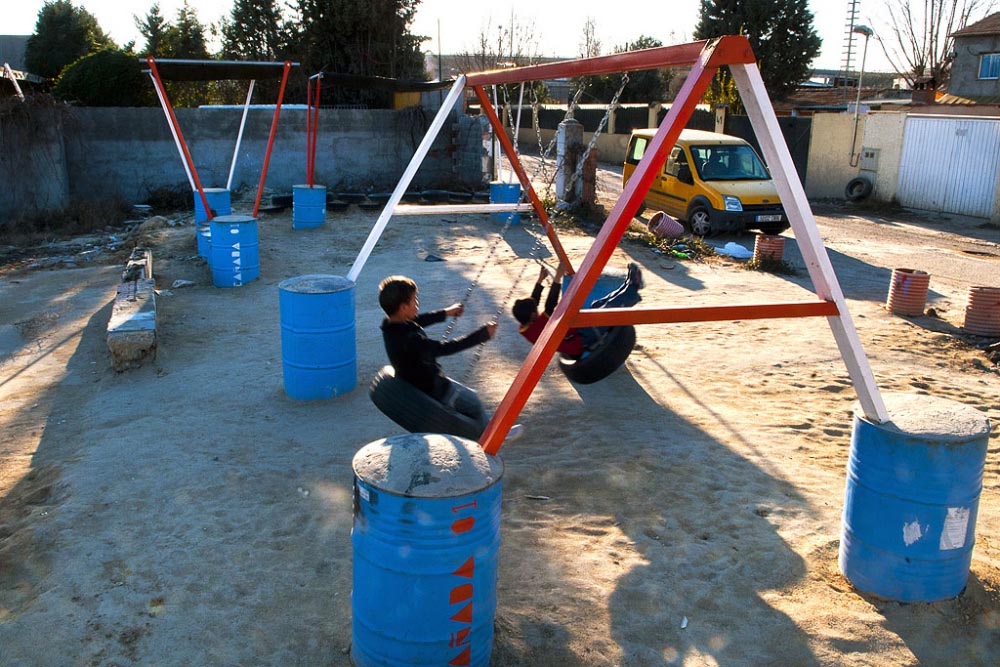Previous state
The Cañadas Reales are transhumance routes which, from ancient times, have crossed the Iberian Peninsula from north to south. These livestock trails were especially designated as protected open land in the thirteenth-century reforms of King Alfonso of Castile which established that they should be seventy metres wide and more than five hundred kilometres long. This special status has meant that, although they are rarely used as transhumance routes nowadays, they have endured as state-owned green corridors which are very popular among cyclists and ramblers. In particular, given their function as ecological connectors, the process of including them in the UNESCO World Heritage List is now underway.
Running from the Autonomous Region of La Rioja to the city of Ciudad Real, the Cañada Real Galiana is one of the ten most important of these routes. However, the natural character of the trail is lost as it passes through Madrid with a section of some fifteen kilometres which is the site of the city’s largest shanty town. In the 1960s, the Franco regime gave permits for allotments and small rustic constructions along this section of the Cañada which Madrid shares with the municipalities of Coslada and Rivas-Vaciamadrid. Ever since then, the flow of migrants into the city and the lack of housing to accommodate them has resulted in the proliferation of hundreds of shacks in a lineal shanty town known for its marginalisation, unhygienic living conditions and insecurity. The shacks, most without power supply and running water, are built alongside illegal dumping sites for building rubble and, moreover, are subject to flooding. Compounding the problems are the non-existence of public transport, low school attendance rates and a two-kilometre stretch known as “Sector 6”, which is Madrid’s main drug trafficking zone.
In the last decade, police raids and selective demolition of supposedly unoccupied shanty dwellings have only worsened the sense of legal powerlessness of a group of people who feel neglected by the public administration. In 2009, the Spanish government and that of the Community of Madrid changed the status of the tranche, which is no longer considered as a piece of land especially protected for its natural and historical values but as a mere urban sector of illegal constructions. Jurisdiction for its urban planning is now shared between the three affected municipalities, Madrid, Coslada and Rivas-Vaciamadrid, but the strategy to be applied has polarised between two conflicting positions. One favours total demolition of the settlement, restoring the zone’s natural habitat and rehousing its inhabitants, while the other advocates assimilating the shanty town into the urban fabric, legalising its buildings and providing public services.
Aim of the intervention
Somewhere between these two positions, the neighbourhood associations of the five sectors which are not part of the drug-trafficking zone, with support from a range of non-governmental organisations and advised by a group of architects, presented an alternative solution which they called “Cañada 2.0 Plan”. The name sought to reflect the participative nature of a process that aimed to specify and consolidate its demands with sufficient consensus in order to start discussing the plan with different branches of the administration. Without denying the need to re-establish the continuity of the green belt, advocates of this alternative project recommended continuance of the settlement as the most sustainable solution from the economic, ecological and social standpoints.
The first step was to launch a public awareness campaign which used the slogan “La Cañada es real”, with its wordplay between the adjectives “real” and the original “royal”, to draw attention to a decades-old pre-existing situation. A blueprint for future development was then drawn up with a view to rehabilitating the settlement and exploring several pilot projects for equipping it and improving its housing conditions. The plan envisaged making the settlement compatible with the old livestock trail by means of linking up a series of public spaces organised around a longitudinal route for cyclists and walkers.
Description
However, the local residents were determined to move beyond the project on paper and to start work on a series of physical creations based on participation and self-construction. These two methodologies sought to avoid autocratic impositions and encourage involvement of the settlement’s population. Five interventions were carried out in different parts of the territory. Since resources were very limited, these were small-scale projects using recycled materials. One of these initiatives was a construction to house the Legal Aid Office where volunteers gave their support to residents who had received eviction orders. This was a light, easily dismantled, mobile structure which was installed in different parts of the settlement. Another intervention crowned a hill with large letters spelling out the name of the place, “CAÑADA REAL”. Resembling the landmark Hollywood Sign in Los Angeles, the two words are, in effect, a proclamation of identity which is visible from the adjacent M-50, one of Madrid’s ring routes. A grandstand was also built on a pre-existing football field, this being managed by the association El Fanal, which uses sport as a way of integrating the zone’s young people. In another area, two recycled containers were placed side by side and used to house a food bank which has now expanded to become a multipurpose space and logistics centre. Finally, the establishment of what has come to be called “Cañada Square” has provided a venue for meetings and neighbourhood festivities. The space now has playground equipment and pergolas providing shade and it is planned to keep adding more facilities over time.
Assessment
Participation in decision-making and in the self-construction of solutions is a twofold strategy which has brought many benefits for the residents of Cañada Real. First, it has encouraged learning through working together to establish consensus and share experiences, to such an extent that it has helped to unite a very fragmented population of more than eight thousand people. Second, it has fostered appropriation of spaces created by the users themselves, who have taken responsibility for their conception, use and management. Third, it has contributed towards forging a collective identity in a marginalised, stigmatised area, which has now become more visible in the public sphere. Finally, it has reinforced civic empowerment in a population which has gained self-confidence when presenting plans for alternative action in its own surroundings, and now much more able to hold its own when dealing with the administration.
Thanks to the united front of the local residents, their mobilisation and all their activities, the authorities have been obliged to listen to their demands and engage in dialogue with them. The Autonomous Government and the three municipalities concerned have begun to sign agreements with a view to legalising the settlements. In the hope that there will be enough political support for investment of the necessary public money, the community has laid the groundwork to keep calling for further improvements in their settlement and restoration of the natural corridor of Cañada Real.
David Bravo
Translation by Julie Wark
[Last update: 29/06/2023]


